Documentary : Traditional Culture
![]()
 The Mark of Beauty | Kominka – Old Japanese Houses
The Mark of Beauty | Kominka – Old Japanese Houses
DC331111![]()
美の壷 | 東北の古民家 [NHK]
![]()
![]()
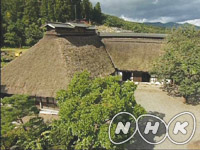
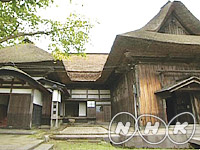
|Length : 29min. |Year : 2011 |
Many kominka or old Japanese houses remain in northeastern Japan, imbued with the climate and the history of the region. Their distinctive roofs, which look like samurai helmets, give the houses their compelling presence, and their richly rustic columns, some adorned with the masks of gods, give the rooms an almost mystical air. The program shows how a carpenter from the Kesen region is helping people to repair the damage to kominka caused by the March 2011 tsunami. And it introduces three key points about these kominka of northeastern Japan: unique roofs shaped by the climate, a striking column is the centerpiece of the Doma, and Kesen daiku Houses are Dynamic and Durable.
 The Mark of Beauty | Basket Bags
The Mark of Beauty | Basket Bags
DC331110![]()
美の壷 | かごバッグ [NHK]
![]()
![]()
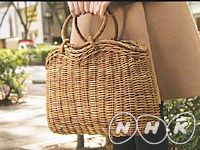
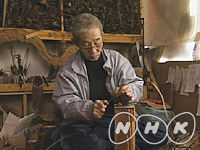
|Length : 29min. |Year : 2011 |
Basket bags are woven from plants. Many women love them because basket bags are not only charming but they can match any fashion style. In Japan these bags started out as implements for daily use, but they evolved in their own distinctive way. Deftly using the qualities of natural materials like the Akebia vine, grapevines, walnut tree bark, and so on, skilled craftsmen create bags with a rich expressiveness. And the more a basket bag is used, the more lustrous its surface becomes. We uncover the unique allure of these elegant bags of high craftsmanship.
 The Mark of Beauty | Oya Stone
The Mark of Beauty | Oya Stone
DC331109![]()
美の壷 | 大谷石 [NHK]
![]()
![]()
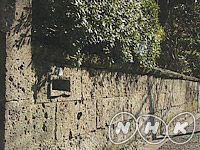
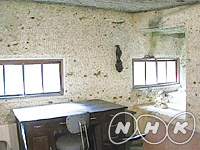
|Length : 24min. |Year : 2011 |
Oya stone is known for its uniquely beautiful texture. In the past, Oya stone was used without a second thought for daily life settings like stone walls. But recently it has captured attention for its use in fashionable interiors. The greatest allure of Oya stone is its varicolored and uneven surface. These features create its distinctively "warm" surface. Utilized for this texture, which other rocks do not have, Oya stone has been used in a variety of famous architectural showcases, and we will see how and why in this program.
 The Mark of Beauty | Stone Pavement
The Mark of Beauty | Stone Pavement
DC331108![]()
美の壷 | 石畳 [NHK]
![]()
![]()
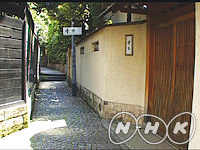
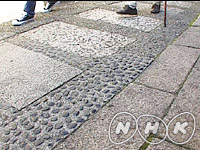
|Length : 29min. |Year : 2011 |
Stone pavement in Japan began with the paving of approaches to shrines and temples, and it has since added emotional contours to various aspects of daily life in Japan. Stone pavement has received attention in recent years as part of the guise of the city, with rectangle-patterned pavement being particularly popular. We look closely at the allure of Japanese stone pavement, including the rarely known principles of the beauty of stone pavement used in Japanese-style houses and the tasteful expressiveness shown in the stone pavement of old streets.
 The Mark of Beauty | Yosegi-Zaiku Marquetry
The Mark of Beauty | Yosegi-Zaiku Marquetry
DC331107![]()
美の壷 | 寄木細工 [NHK]
![]()
![]()
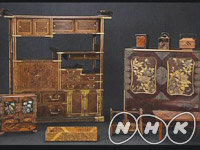
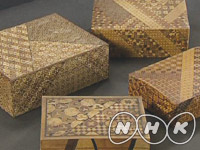
|Length : 29min. |Year : 2011 |
One of Japan's traditional wood crafts, Yosegi-zaiku marquetry combines wood pieces of a wide range of colors and shapes to produce gorgeous designs to decorate desks and boxes. This art spread throughout Japan in the 18th century. For puzzle boxes, many unique pictures are hidden in the patterns, and the boxes themselves are fitted with fascinating mechanisms.Japanese marquetry attracted Western people from the latter half of the 19th century, and marquetry craftsmen, combining the wood pieces with sprinkled picture, produced exquisite gems of art.















